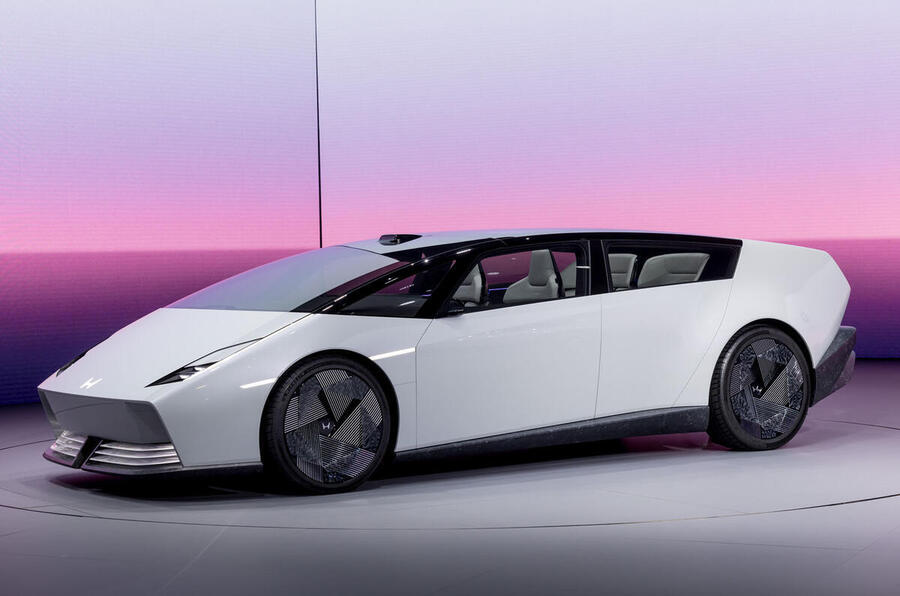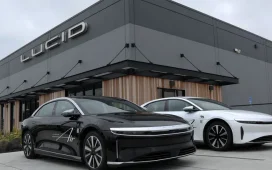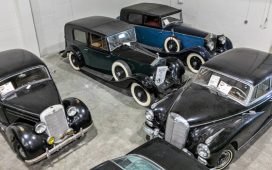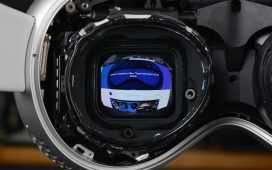The arrival of the two powertrains will coincide with a new platform that promises improvements in driver engagement, comfort and safety. For medium-sized cars, it will be 90kg lighter than the current structure and the bodies applied to the frame will bring a further 10% saving in mass.
Cost-cutting is also a key directive in the development of Honda’s upcoming cars. Models based on the new platform will share at least 60% of their parts, such as the engine bay and rear floor. The new hybrid powertrains, meanwhile, will be 30% cheaper to produce than those launched in 2023.
Despite cutting its planned investment into EVs by £15.4 billion (to £51bn in total) and losing £3bn on them last year, Honda remains committed to EV development. “We would like to see the battery EV business as a pillar of our business from 2030 onward,” CEO Toshihiro Mibe told investors.

The 0 Series of electric cars due to be launched in the US next year represents an effective reset of the company’s approach to the market, after it suffered setbacks with the E hatchback and e:Ny1 crossover. Honda will start by launching a boxy SUV and a futuristic saloon, followed by a seven-seater, small- and medium-sized crossovers and a saloon to rival the Tesla Model 3.
This range signals the future of the brand. They will usher in a radical design language that will not be shared with the hybrids, though the new Honda emblem that was due to be exclusive to the 0 Series will now be rolled out across the line-up.
Toshinobu Minami, head of Honda’s design centre, told Autocar: “Hybrid and combustion models are going to be different in terms of design but dynamic and simple will be key words for all models in future.”








